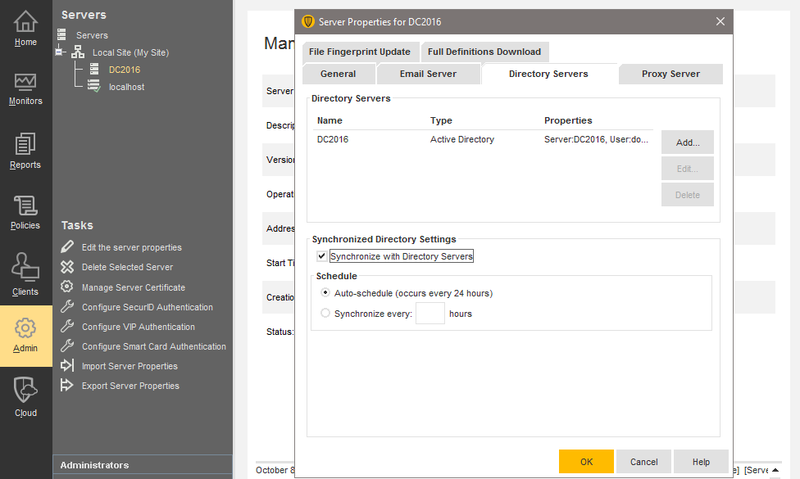

So if you want to prevent a folder from being captured in the OS layer, you just delete it from the OS layer whenever you want. You are reading and writing directly to the OS disk. When you edit the OS layer, we do not use our drivers at all. This is against best practices as new definitions are not made available immediately at midnight. Note that this key is ignored when editing the OS layer. If the definitions on the SEP client and SEPM server are less than 24 hours old, the Antivirus and Antispyware policy is likely configured to warn after definitions are one (1) day out of date. It must be present before our drivers start, so it could also work as a machine GPO, since when you use User Layers, our drivers don't start until the user logs in. You can add your folder to that key in a platform or app layer, or the OS layer. If you want AlwaysOnBoot to cover an entire folder (including files and subfolders), it must end with a \, like "C:\ProgramData\Symantec\Symantec Endpoint Protection\". It's a TEG_MULTI_SZ, so each entry goes on a separate line.

That means we will not capture it in an app layer or platform layer, and it will not be captured in the User Layer either. PSPath : specifically means that we will always read and write those files from the boot disk, and ignore the writable partition, the package disk, or the User Layer (depending on what you're doing and how you're configured). PSPath : \ Registry:: HKEY_LOCAL _MACHINE\S OFTWARE\Sy mantec\Sym antec Endpoint Protection\CurrentVersion\ public-ops tate PSPath : \ Registry:: HKEY_LOCAL _MACHINE\S OFTWARE\Sy mantec\Sym antec Endpoint Protection\CurrentVersion Invoke-Command -ScriptBlock -Computername $(Get-Content servers.txt) I would like to ask if anyone with PS experience can combine both line of scripts into one and generate clean output into CSV file and send via email. After executing this script I am getting output but the output is a little bit messy. I have short powershell script that checks Symantec Endpoint Protection Antivirus Definition Dates and Production version.


 0 kommentar(er)
0 kommentar(er)
